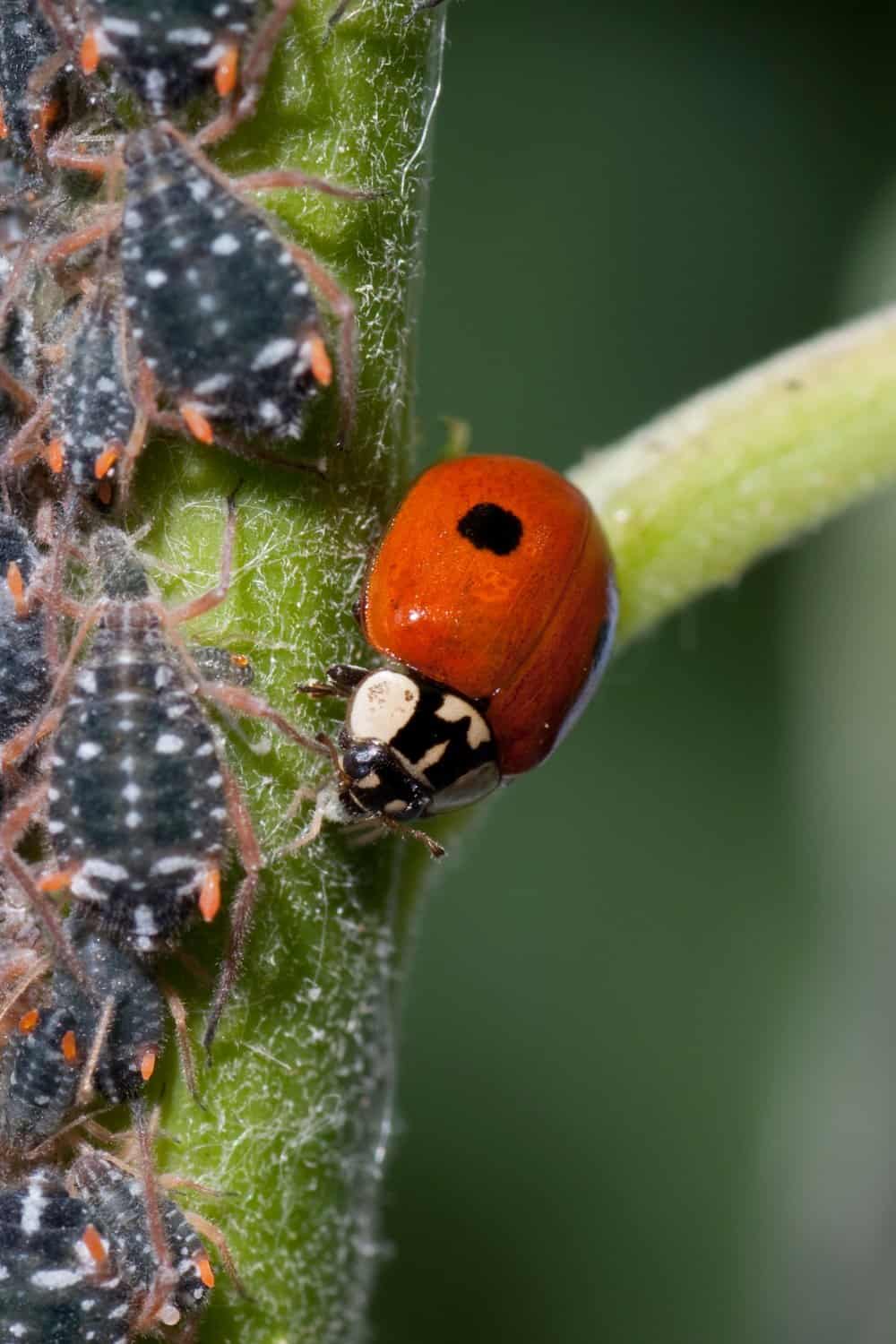
As we get deeper into gardening this year, one of the main things we get asked is how we filled our raised beds in our garden. We have a post upcoming about how we created our steel raised beds, but I thought it best to explain how to to fill raised beds whether steel or cedar. So I created a quick guide on what you should know.
To begin you may want to head to this post I did about soil where I talk about what you need to know and cut through all the info out there. For a beginner you don’t need to know much more than what I have in this post about soil. It gets more complicated as you go, but this is for sure a great guide to refer to.
Why fill raised beds?

Raised beds are a great way to grow vegetables and flowers, but what do you fill them with? This can be one of the more difficult parts of gardening. There are many options out there that will work for what type of bed you have and what your needs may be.
Things To Consider Before Raising Bed Gardens
Before I get into the nitty gritty here are a few things to consider and know about raised bed gardens and soil:
- You need to know the height of your raised walls. Our our 8 inches deep but some people do them 18-20 inches deep so use the numbers below to help you figure out the right proportions if your’s are deeper.
- To know what you need to order for your raised beds, use a cubic feet calculator to know what you need. I use this one right here.
- If you have a lot of raised beds, (more than 2) I would suggest getting a delivery because it saves on plastic waste and the work of hauling it. Most places do a delivery for around $20-$50 depending.
- If you have gophers or voles, I would suggest adding chicken wire under your mulch. This will keep them from coming up into the beds if they are an issue for you.
- Always choose organic with no treatment for anywhere you are growing veggies. You eat your veggies grow in.
- Each year you will add a new few inches of compost to your beds. You can do this in spring or in fall either works, but it is most ideal to add it to the beds in the fall so it can filter down and give the soil plenty of time to replenish between plantings.
Below you will find all the info on what to add and how much.

Step by Step Guide on How to Fill Bed Garden
1. You will want to first lay down any creature barrier if you so desire. It is not necessary, but it can be helpful.
2. Next you will want to lay down an inch or so of mulch or newspaper. Hay also works as well here. The inch is a rough estimate and it does not need to be exact.Next you will want to lay down an inch or so of mulch or newspaper. Hay also works as well here. The inch is a rough estimate and is does not need to be exact.
3. The next layer will be the top soil. Most of your bed should be made up of this. It will both save you money and give you a nice base that allows for proper drainage. Top soil is inexpensive as well in comparison to high quality raised bed mix. So most of your beds should be filled with this. We filled about 3 inches of our’s with top soil and it works incredibly well.

4. Finally top the final 2-3 inches with compost or raised bed vegetable mix. If it is your first year, spend a little more so you get a really good base to work from.
Tips and Notes
We do not do any mixing of our soil because it isn’t necessary. The reason being is that nature does the mixing for you. Rain and plants move the soil and combine it to mix together over time. Less work for you.
Keeping up with the regular weeding and within a year or two of keeping with a regular addition of compost you will get to a point that not only is the soil in your beds really great, but your weeding will be very minimal.

What Other Methods To Fill Raised Gardens
1. Hugelkultur
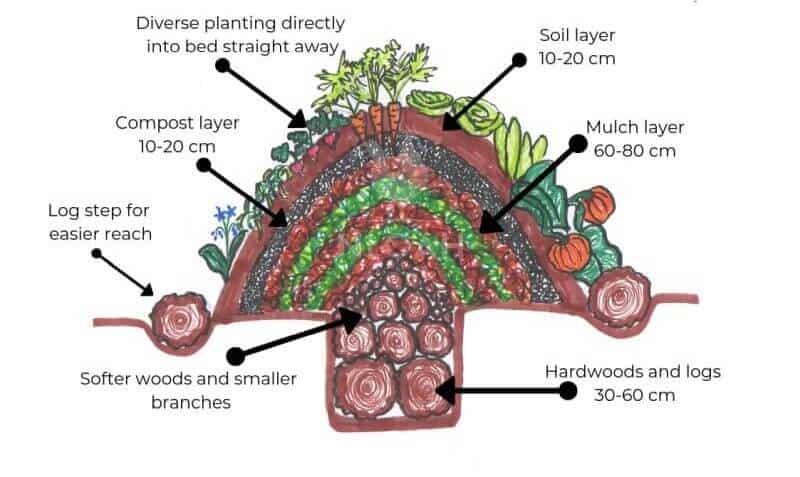
You can create your own natural garden by using large amounts of organic matter. It’s similar to what we did, except that instead you’ll build out layers with sticks and logs rather than soil because the former lasts for much longer before needing more topsoil!
Remember, the bed should be at least 10 to 12 inches deep. Fill in between large pieces of rotting material with smaller matter like grass clippings and other small items for best results..
2. Lasagna Garden

Lasagna gardening is a great way to turn your compost pile into an edible garden. Start by laying down some cardboard and leaves, then add more for good measure so you have a nice thick layer of organic matter on top! You can plant right away without worrying about watering or weeding- it will all grow together as if guided by an unseen hand (perhaps one that’s wearing gloves).
3. Core Gardening
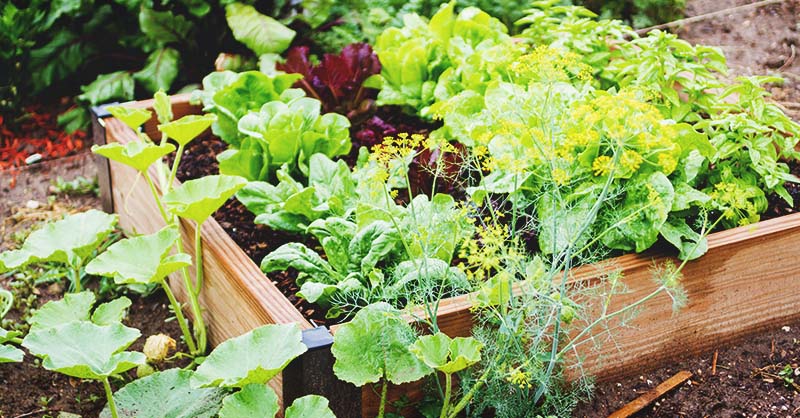
Core gardening is a great way to make your garden thrive. You will build up the center of your flower bed with sponges that hold water and wick moisture from two feet in both directions, making it perfect for plants!
4. Compost
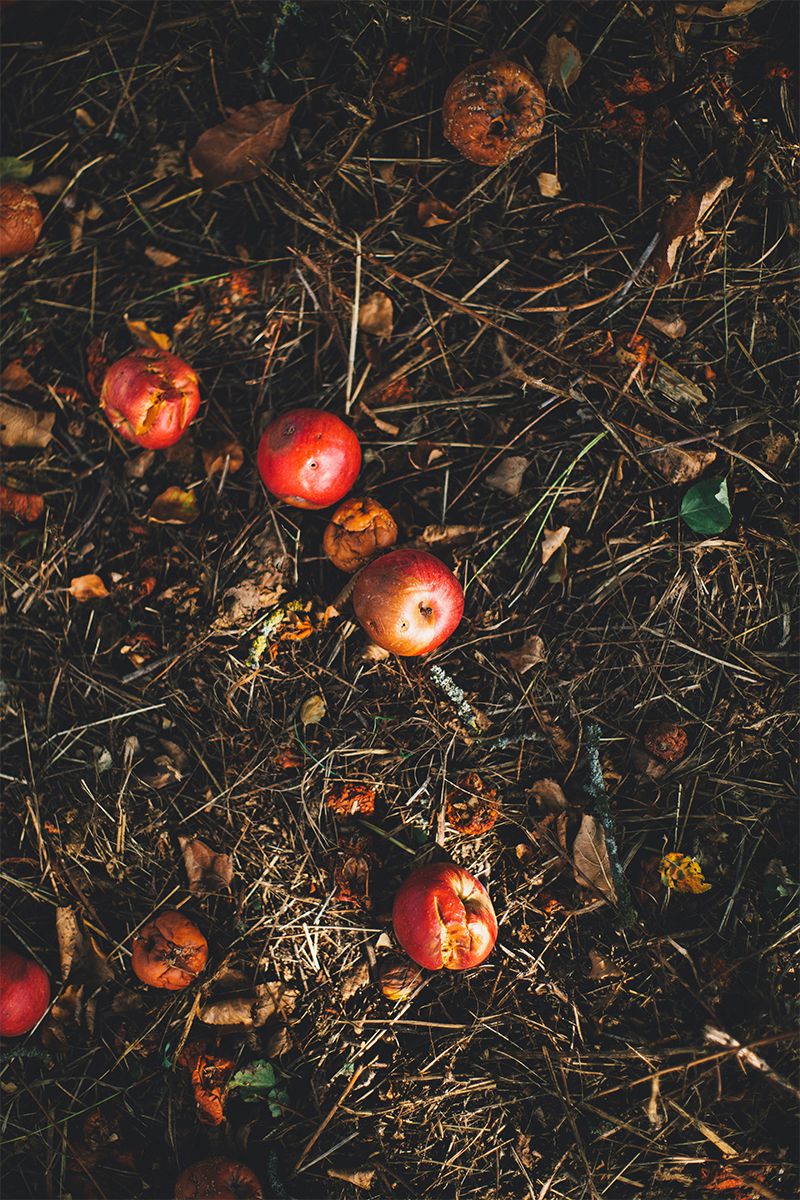
You can enrich your soil by adding some homemade compost to the ground. This is not as quick of an approach, but if you get started early enough next year then all that fresh material will be waiting for use when planting time comes around again! The best ingredients are things like grass clippings and animal manure; anything goes really so long as it has green or brown bits in there somewhere.
Also Read: How To Compost
5. Manure
/Manure-GettyImages-121831831-59d3cec5845b3400115aaf6a.jpg)
Adding animal manure to your garden is really quite easy. There are just a few things that should be avoided, depending on when you actually need it in order for the bedding not to mess up other plants or soil quality too much: avoid fresh pig manure as well as human-grade (or cat/dog) manures because they can damage plant roots; use only sheep’s-, goat’s-, horse’, cow’edore’- if possible – make sure its been dried out first!
6. Ruth Stout

A woman known for her mulch-making skills is the “Mulch Queen.” Ruth Stout was born in 1884 and started gardening with it, too! The most important thing you need to know about this genius technique? You can easily recreate it yourself – all that’s necessary are at least eight inches worth of hay or straw.
7. Soil in a bulk

A better (and cheaper) alternative to buying soil by the bag is purchasing it in bulk. Many gardening stores will offer significant discounts if you’re able purchase your supplies that way, and this can save lots on tax-free purchases!
Also Read: A Quick Guide to Soil for Your Garden
8. Worm Castings

The humble worm castings should be at the center of every home garden. Not only do they make for great compost, but adding them can entirely transform your yard and give you a whole new appreciation for these amazing invertebrates!
Don’t have room in your small backyard? Simply add some vermicompost (worm poop) to create raised beds that feed worms while also keeping cool enough so seedlings thrive – all on budget-friendly terms too.
9. Aeration
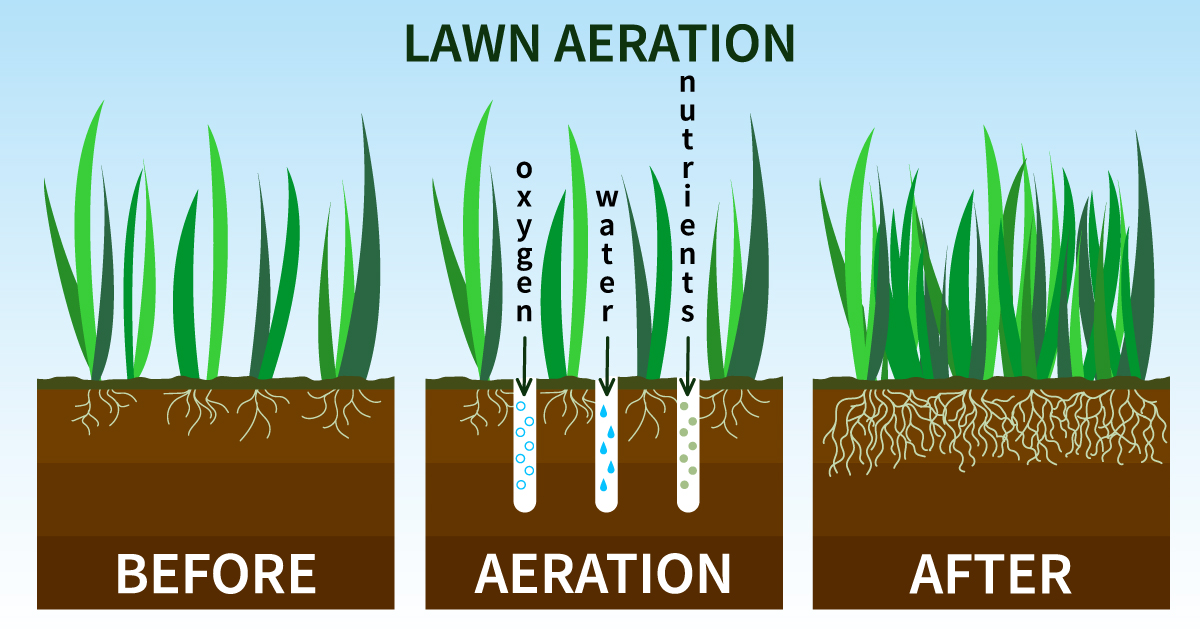
When you’re ready to plant your new raised bed, don’t forget the soil. Filled with plants and living things like beneficial microbes, fungi and worms that need oxygen for survival!
Aeration will make sure they get all of their needed nutrients from these tiny creatures—just remember not too much or else it could harm them as well
Have more questions about soil and raised bed gardening, ask below. I would be happy to answer!
If you enjoyed this post and want more, I suggest these posts:



